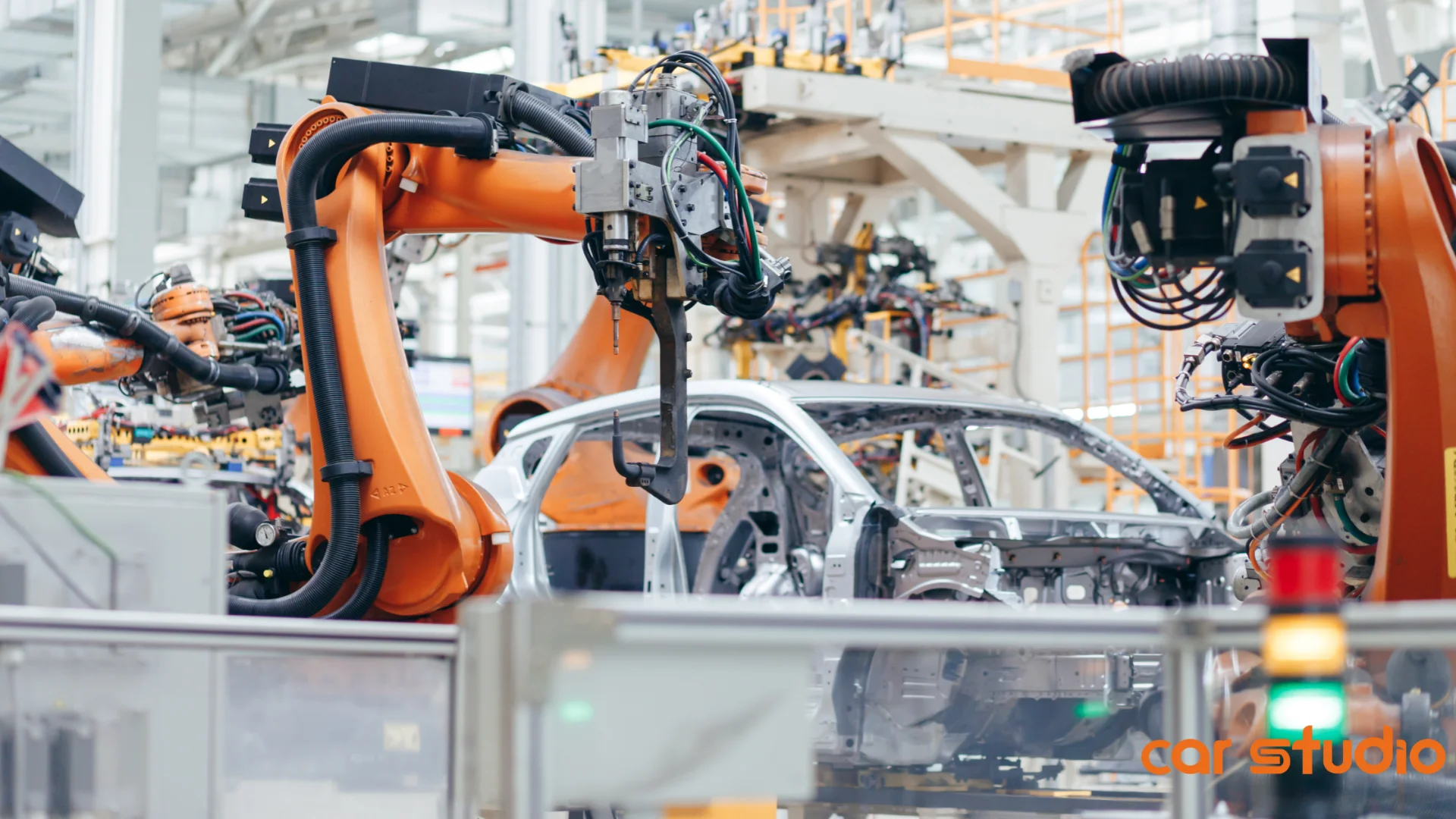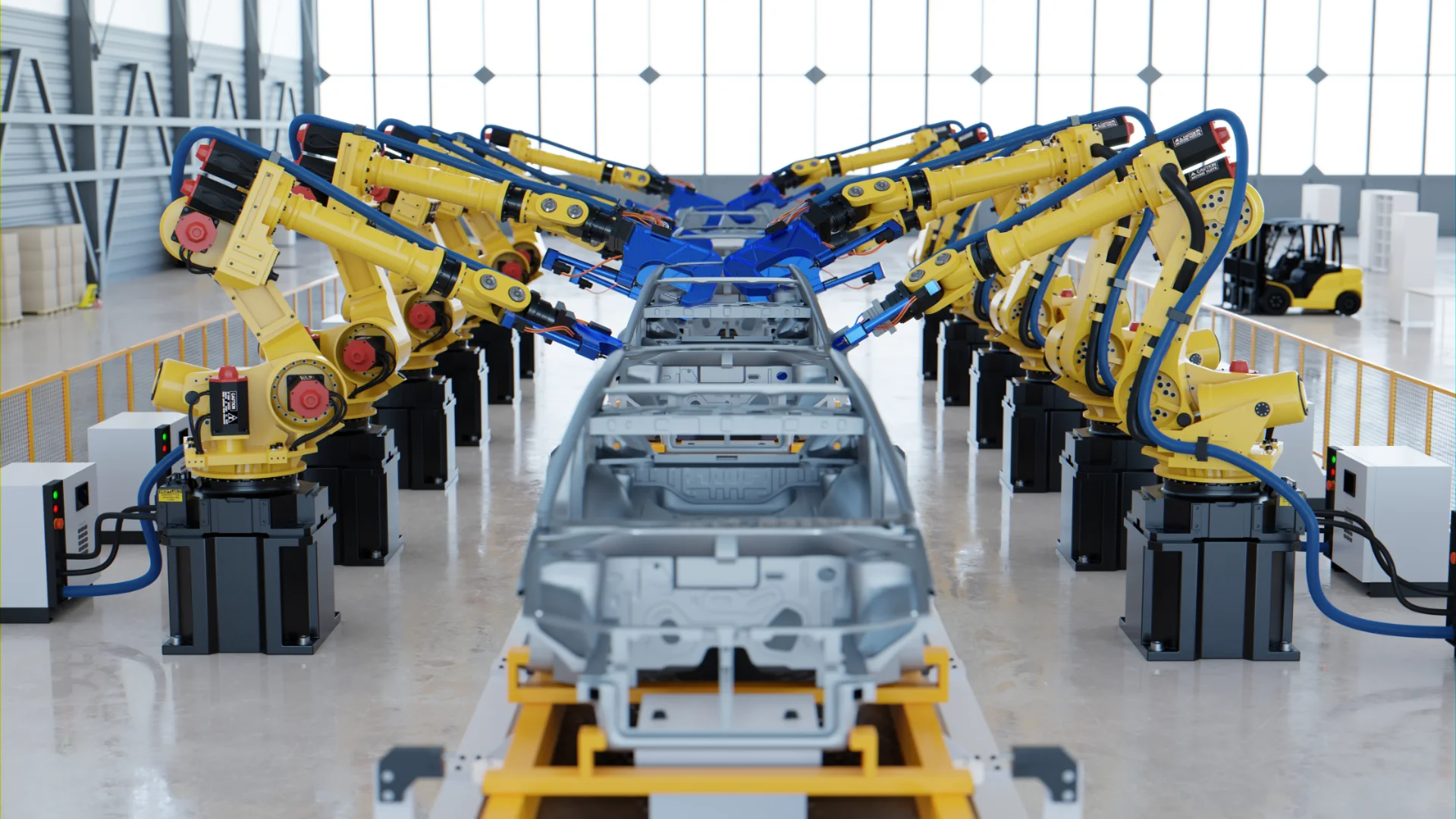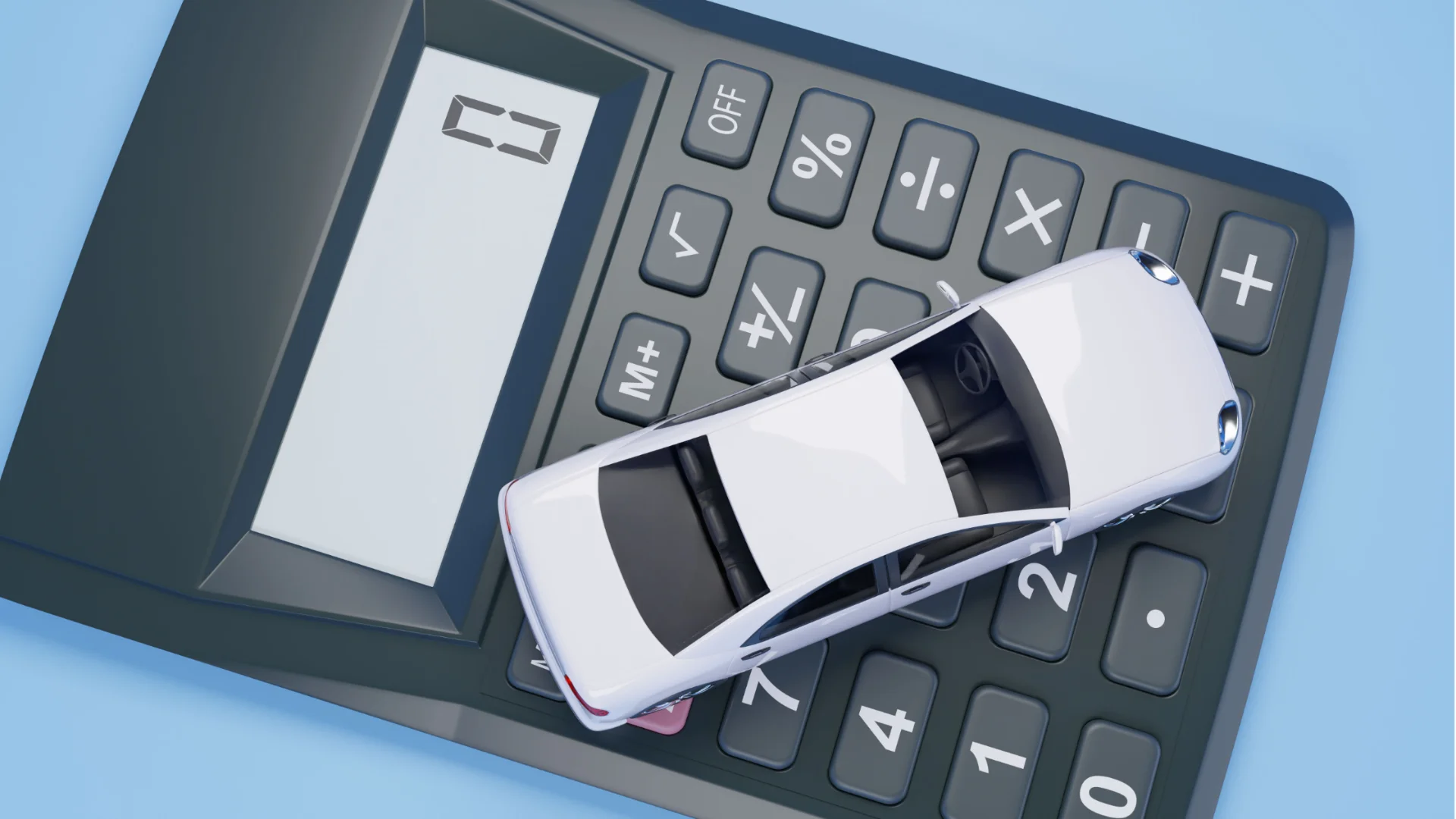
Winning Automotive Marketing in 2025: Dealer Strategies That Work
Table of Contents
Winning Automotive Marketing in 2025: Dealer Strategies That Work
Introduction
The automotive industry is accelerating into an era where digital presence defines dealership success. By 2025, the conversation isn’t about whether dealers should use Artificial Intelligence it’s about how well they use it.
As discussed in Car Studio AI’s 2025 Automotive AI: Marketing Shifts You Can’t Ignore, the real disruption isn’t the technology itself, but the way it transforms buyer expectations. Customers no longer begin their journey in a showroom; they begin it with a swipe and a scroll.
For dealers, that means first impressions are visual, and visuals are now powered by AI. Platforms like Car Studio AI redefine automotive photography turning everyday car shots into studio-grade images automatically. This shift reduces costs, saves time, and creates the visual consistency that modern buyers subconsciously equate with trust.
Transforming Car Listings with AI
The New Visual Standard
AI isn’t replacing photography it’s evolving it. The rise of automated background removal, lighting correction, and image enhancement has made it possible for every listing to look like it came from a professional studio.
As highlighted in the 2025 Global AI Trends in Automotive Marketing, these systems now produce clean, immersive visuals that help buyers emotionally connect with vehicles long before visiting a dealership.
With AI-driven editing, even basic smartphone photos can be refined into showroom-ready images. Dealerships benefit from:
The result is a more confident buyer, a more consistent brand aesthetic, and a measurable boost in engagement metrics.
Streamlining Operations with AI
The adoption of AI in visual marketing doesn’t just elevate content it transforms operations.
In the analysis presented in 2025 Automotive Marketing Trends & Strategies That Work, dealerships that integrated AI photo workflows saw both efficiency and revenue gains. By automating repetitive editing tasks, they redirected human effort toward what AI can’t replicate: relationships, creativity, and strategic sales work.
This shift produces two key advantages:
Moreover, AI analytics tools often part of the same ecosystem help dealerships identify which visuals convert best. This feedback loop allows for continuous improvement: refining photo styles, testing color themes, and understanding what visual cues resonate most with local audiences.
Building a Stronger Digital Presence
According to 2025 Automotive AI: Marketing Shifts You Can’t Ignore, the average car buyer now views 20–25 online listings before contacting a dealership. Standing out in that crowded feed means blending quality visuals with emotional resonance.

AI tools like Car Studio AI enable this by ensuring every vehicle looks pristine, while personalization algorithms tailor visuals to the buyer’s preferences for example, showing SUVs in outdoor environments to adventure-oriented audiences or luxury sedans in modern cityscapes.
This type of contextual marketing once reserved for major automotive brands is now accessible to independent dealers. The outcome: more leads, lower bounce rates, and higher trust.
Beyond Photography: Data, Predictive Insights, and Personalization
AI’s value doesn’t end with aesthetics. As described in the 2025 Global AI Trends in Automotive Marketing, predictive analytics and personalized outreach are redefining how dealerships attract and nurture customers.
Imagine knowing which models are likely to trend next quarter, or which visitors are 70% more likely to convert after a test-drive reminder. AI makes this possible by analyzing browsing behavior, demographics, and engagement data.
This capability leads to smarter decisions:
AI doesn’t just tell you what happened it tells you what’s coming next.
The Human Element: Authenticity and Brand Voice
As automation grows, authenticity becomes the differentiator. Car Studio AI’s 2025 Automotive AI: Marketing Shifts You Can’t Ignore reminds marketers that sameness is the new weakness. Dealers that sound human, tell real stories, and personalize their voice will stand apart.
The role of AI here is to enable, not to replace. By removing tedious tasks photo editing, data input, post scheduling AI frees teams to focus on what buyers crave: genuine interaction.
Great marketing in 2025 will be as much about empathy as efficiency. Buyers want transparency, relatability, and emotion behind the technology. That balance of machine precision and human warmth defines the new gold standard for dealership branding.
Integrating AI into the Wider Tech Ecosystem

The next frontier involves AI working seamlessly with Virtual Reality (VR) and Augmented Reality (AR), giving rise to immersive online showrooms.
In 2025 Automotive Marketing Trends & Strategies That Work, examples include European dealerships offering full 3D tours where users can explore interiors, change car colors, and experience vehicles as if standing beside them.
Pair that with AI chatbots capable of guiding visitors through financing options or booking test drives, and you have a digital ecosystem that operates around the clock.
These integrations blur the boundary between browsing and buying turning passive interest into interactive exploration.
Real-World Impact: Success Stories
Dealers using AI-enhanced listings report significant growth in both visibility and conversion. One mid-size dealership saw a 42% increase in lead submissions after standardizing all listings through an AI photo workflow. Another cut photo turnaround time from three days to thirty minutes.
These outcomes align with findings in the 2025 Global AI Trends in Automotive Marketing, where dealerships using AI tools achieved more consistent branding and faster sales cycles, even with smaller marketing teams.
Preparing for the Future
By 2025, adopting AI won’t be optional it’ll be the baseline for competitiveness.
The three Car Studio AI reports collectively outline the roadmap:
Dealerships that follow these principles won’t just adapt to the new digital landscape they’ll lead it.
Conclusion
AI is reshaping the automotive marketing playbook, from visuals to analytics to customer engagement.
Tools like Car Studio AI empower dealers to move faster, look sharper, and connect more authentically all while saving time and resources.
The dealerships that win in 2025 will be those that treat AI not as a gadget but as a growth partner a way to multiply creativity, scale personalization, and meet modern buyers on their terms.
So, whether you’re refining your listings, planning your digital campaigns, or exploring immersive showroom tech, remember: the future is already in motion.
And in this new landscape, those who merge intelligence with individuality will always cross the finish line first.
FAQs
What are the key benefits of AI in car photography?

Artificial intelligence brings consistency, speed, and quality control to dealership photography three pillars that directly influence buyer trust and conversion rates.
AI eliminates visual clutter by automatically removing distracting backgrounds and replacing them with clean, dealership-branded settings. It enhances color, lighting, and sharpness so that every vehicle looks as if it was shot under professional studio lighting even if the original photos were taken outdoors or in poor weather.
Moreover, AI tools like Car Studio AI make large-scale photo management easy. Dealers can process hundreds of images in minutes, ensuring that all listings meet the same visual standard across every platform from their website to third-party marketplaces. The result is a unified, premium look that signals reliability to buyers and strengthens the dealership’s overall brand image.
Can AI replace professional photographers?
Not completely and it shouldn’t. AI is a powerful complement, not a substitute, for human creativity. While it automates routine editing tasks such as background cleanup, exposure correction, and resizing, it can’t replicate the storytelling, emotion, or brand nuance that a skilled photographer brings.
The best dealerships in 2025 are using a hybrid approach: professional photographers capture authentic, emotionally rich shots, while AI refines and standardizes them for digital platforms. This balance allows teams to scale visual content without sacrificing individuality.
In essence, AI handles the technical perfection, while photographers and marketers focus on artistic direction. The partnership between human creativity and machine precision delivers the most compelling and trustworthy visuals possible.
How complex is integration?
Integrating AI into dealership workflows is far simpler than most expect. Modern tools like Car Studio AI are designed for seamless plug-and-play adoption meaning they can easily connect with existing dealer management systems (DMS), inventory tools, and CRM platforms.
Dealers can start by uploading vehicle images directly into the AI platform, where automated processing begins instantly. The enhanced photos can then sync automatically to listing platforms or marketing channels. There’s no need for specialized infrastructure or technical teams.
Many dealerships begin seeing results within the first week of integration faster listing times, improved image quality, and more engagement online. In short, AI doesn’t disrupt operations; it streamlines them, reducing bottlenecks in content production and ensuring visual assets stay consistent across every digital touchpoint.
What steps should a dealership take before adopting AI?
AI adoption works best when it’s strategic, not impulsive. Before investing, dealerships should take time to audit their current digital workflows.
Ask:
Next, set clear, measurable goals. For example, “Reduce image turnaround time from three days to 24 hours” or “Increase listing engagement by 20% within two months.”
Finally, pilot a single process first such as photo editing or 360° image creation and monitor results. Once the team sees how AI improves speed and quality, scaling to other areas (social media visuals, predictive analytics, or personalized ads) becomes a smooth and confident transition.
How does AI improve the customer experience?
AI enhances every stage of the buyer journey from first impression to final decision. When shoppers encounter high-quality, consistent imagery online, they instantly perceive professionalism and trustworthiness. AI ensures that perception by delivering flawless, high-resolution visuals that mirror real-life showroom quality.
Beyond visuals, AI personalizes interactions. It analyzes customer behavior such as which models or price ranges they browse and tailors recommendations or follow-up offers accordingly. This creates a buying experience that feels intuitive and customer-first rather than generic.
AI-powered features like 360° tours, virtual showrooms, and predictive messaging also keep customers engaged longer. A buyer can “walk around” a vehicle on their phone, compare trims, or receive a prompt about similar listings all powered by automated intelligence running in the background.
Ultimately, AI gives buyers clarity and confidence. They see more, know more, and feel guided through the process which shortens the decision cycle and increases satisfaction long after the sale.
